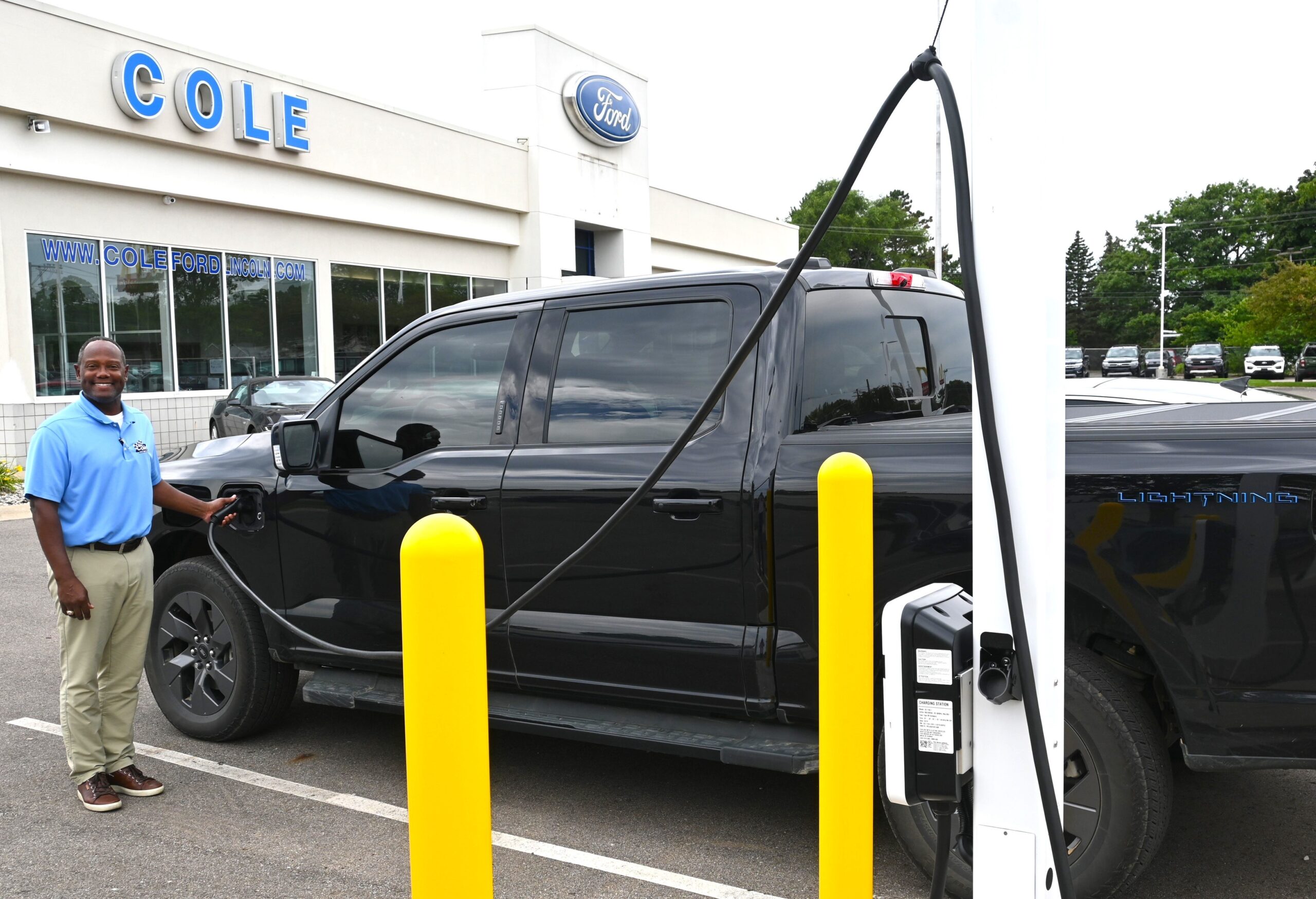
The Uncertain Fate of EV Tax Credits: Implications for Consumers
Introduction:
In the realm of electric vehicle (EV) ownership, potential buyers are facing a confusing and uncertain future regarding government tax credits. Previously, under the Inflation Reduction Act of 2022, consumers could qualify for a tax break of up to $7,500 for purchasing eligible EV models. However, President Donald Trump’s executive order "Unleashing American Energy" has cast doubt on the continuation of these subsidies.
The Current Situation:
As per the executive order, the government is reviewing the elimination of "unfair subsidies" that favor EVs over other technologies. However, the withdrawal of tax credits requires congressional action, which has not yet occurred. Nevertheless, the president’s orders have created confusion and uncertainty in the market.
Impact on EV Market:
Wood Mackenzie, an energy research and consulting group, predicts that the changes could significantly impact EV sales, although the exact extent remains unknown. Currently, two types of tax credits exist: 30D for purchasers and 40W for commercial leasers.
For Leasers:
In the past, leasing an EV allowed consumers to bypass paperwork and restrictions related to the tax credit. Many dealers incorporated the savings into the vehicle’s cost. This accounted for the high percentage of EV leases in the US (46%). According to Buckberg, these leases are often extended by automakers’ own finance companies, which have the resources to manage the potential risks.
For Buyers:
For EV buyers, the situation is more complex. In the past, many dealers provided point-of-purchase rebates by having buyers transfer the tax credit to them. However, with the uncertainty surrounding the tax credits, dealers are hesitant to take this risk, advising buyers to consult with their accountants.
Future Outlook:
The fate of the EV tax credits lies in the hands of Congress. If or when they act, it will take time for changes to be implemented. Experts estimate that it could be January 1, 2026, or the date of legislation enactment when the credit expires.
Factors to Consider for EV Purchase:
Despite the tax credit uncertainty, several factors should be weighed before making an EV purchase decision:
- Driving Habits: EVs excel for short to medium commutes.
- Living Location: Charging infrastructure availability plays a vital role.
- Vehicle Preferences: EVs come in various styles and models to meet different tastes.
- Gas Station Aversion: EVs eliminate the need for frequent gas station visits.
Cost Considerations:
While EVs often have a higher upfront cost, they can be more cost-effective in the long run due to lower fuel, operating, and insurance expenses. To determine the true cost, consider monthly payments rather than just the sticker price.
Emotional Appeal:
For many, vehicle purchases are driven by emotions and personal preferences rather than pure economics. Factors such as self-image and social status influence the selection.
EV Market Evolution:
Despite the tax credit changes, EVs are gaining popularity worldwide. In December, one in four vehicles purchased in the US was an electric or hybrid. The EV market is expanding rapidly, with new models and technologies emerging.
Conclusion:
The future of EV tax credits remains uncertain, but EVs continue to gain momentum. Potential buyers should consider their individual circumstances and priorities when making a purchase decision, recognizing that EVs offer both financial and environmental benefits. As the EV market evolves, it is essential to stay informed about the latest policy and technological developments.
